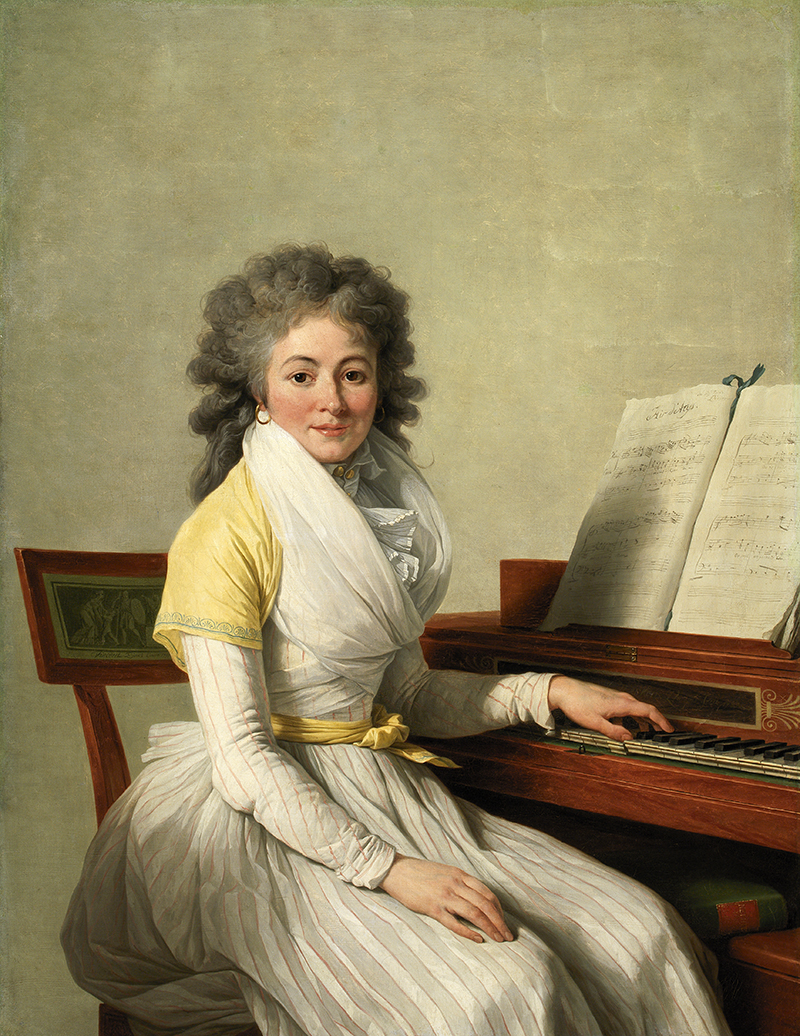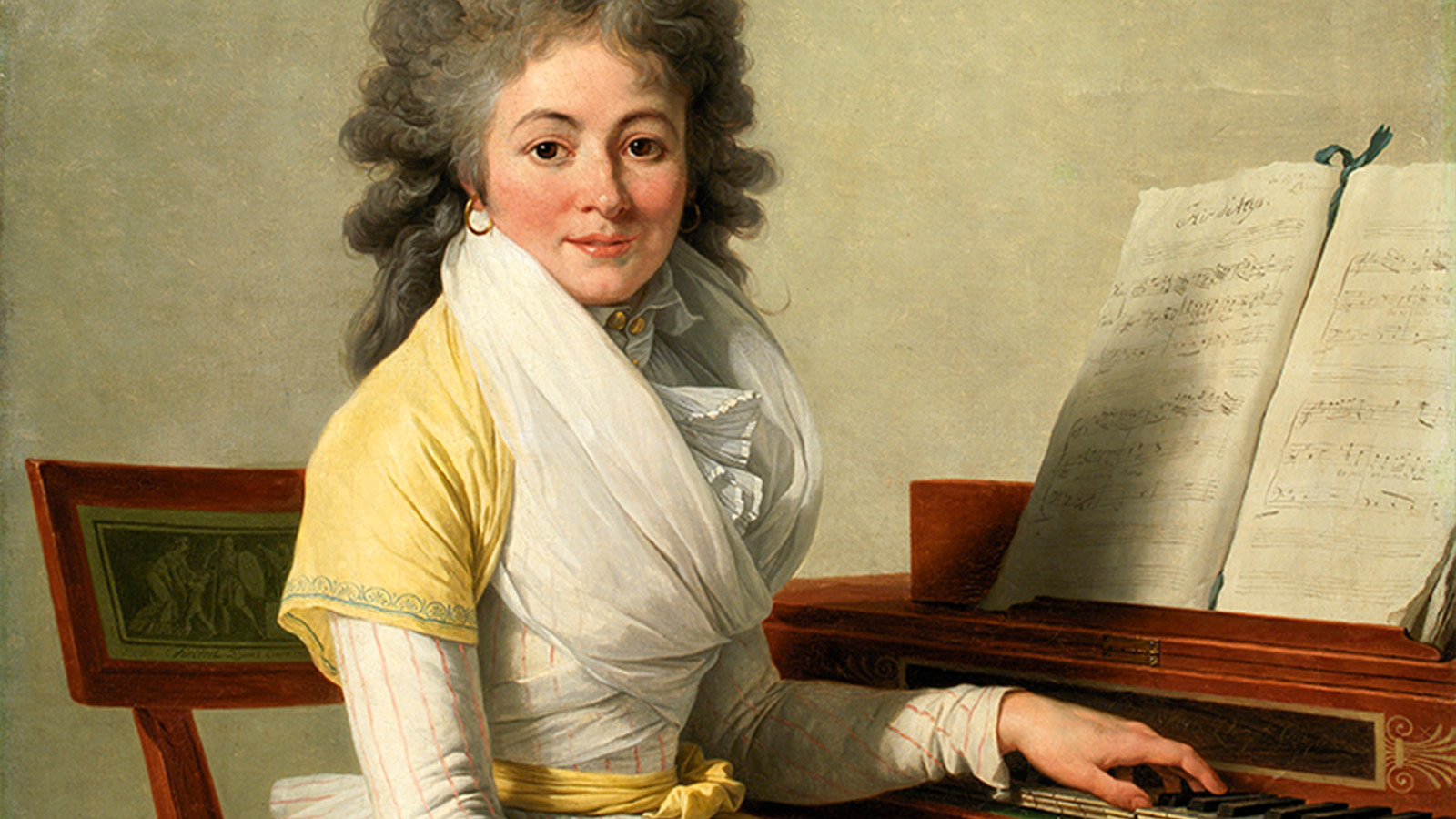Mademoiselle Duplant and the Paris Opera
Françoise-Claude-Marie-Rosalie Duplant (b. 1745) was a famous opera singer, who was active during the 18th century in France. Mademoiselle Duplant performed as a soloist at the Paris Opera from the beginning of the 1760s.
Founded in 1669 by Louis XIV, the famous ‘Sun King’, this theatre was run by composer Jean-Baptiste Lully between 1672 and 1687. During this time, the opera conducted a regular programme throughout the year, featuring Lully’s own compositions, as well as various ballet productions. After the French Revolution, the institution changed name numerous times until it became the National Opera of Paris, in 1994.
Rosalie performed in several productions at the Paris Opera over the course of 20 years, such as Thessée by François-Joseph Gossec (in the role of Médée) and Iphigénie en Aulide by Cristophe Willibald Gluck (playing Clitemnestre). She also participated in André Campra’s opera Les Fêtes Venitiennes, as Iphise; however, she became known primarily for her role of Cybèle in the opera Atys, by Niccolò Piccinni, whose score can be seen in the painting acquired by Calouste Gulbenkian, on the music rack of the piano. The libretto of this lyrical tragedy, by Jean-François Marmontel, was based on one written by Philippe Quinault for an opera by Lully with the same name.

Mademoiselle Duplant retired before this portrait was carried out, 20 years after the beginning of her career. Painted by François-André Vincent, in 1793, the canvas depicts the singer sat at a pianoforte made by Johann Kilian Merken, evoking classical motifs. It was purchased by the collector in 1921 in New York and is part of the permanent exhibition of the Calouste Gulbenkian Museum.
Collection of Stories
Where have the artworks been, before being acquired by Calouste Gulbenkian? Who were their authors and their protagonists? What curiosities do they hide? In this series, discover the various stories behind the Museum's collection.

